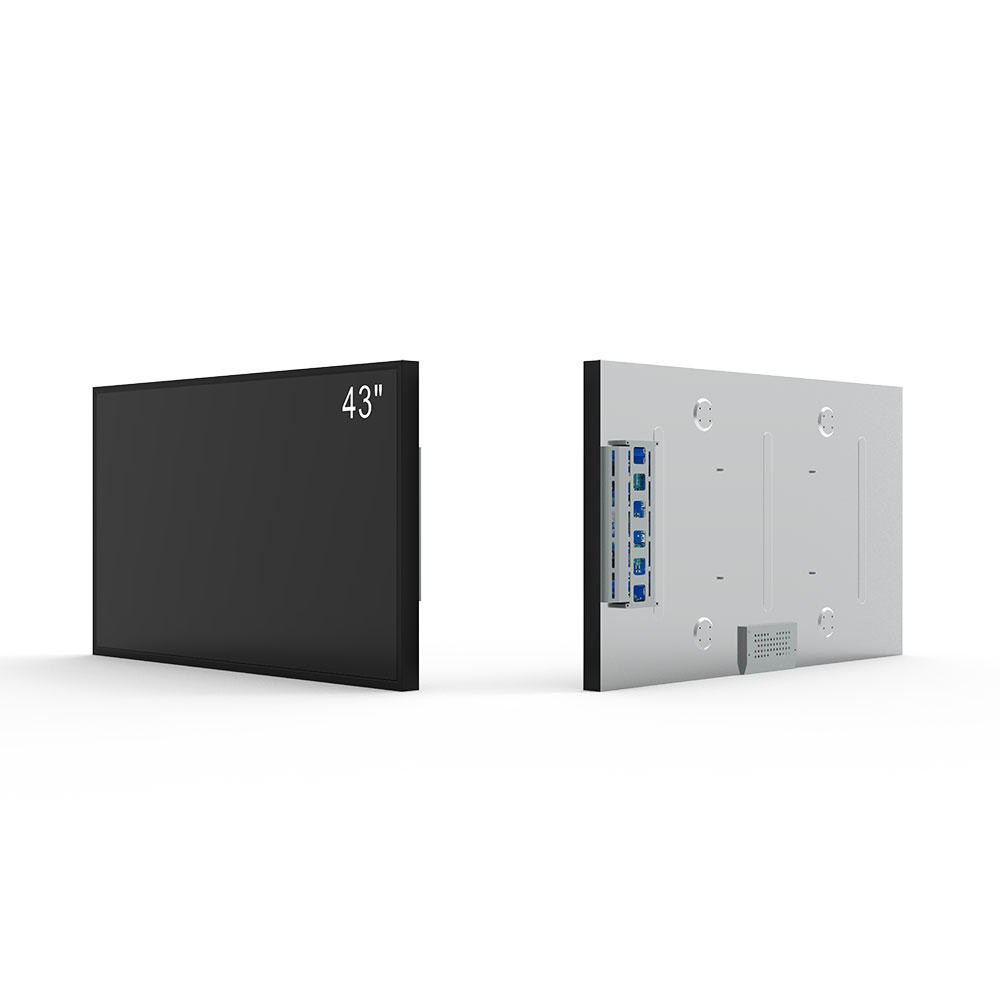- Home
- About Us
- Products
- News
- Video
- Contact
- Send Inquiry
Search
- Home
- About Us
- Products
- News
- Video
- Contact
- Send Inquiry

When selecting outdoor LCD screens for public information displays, digital signage, or industrial applications, the display ratio is a critical technical parameter that directly impacts content layout, readability, and visual impact. Among various aspect ratios, the 4:3 format remains a widely used standard in professional outdoor screen installations—especially for 15", 17", and 19" models. This ratio offers a balance between traditional CRT-era compatibility and modern high-definition content delivery, making it ideal for environments where legacy systems coexist with newer media.
For outdoor use, 4:3 displays provide several advantages over widescreen formats like 16:9. First, they maintain better vertical space utilization, which is essential for text-heavy applications such as traffic updates, weather alerts, or public announcements. In contrast, 16:9 screens often waste vertical real estate when displaying standard resolution content, leading to unnecessary scrolling or reduced readability in direct sunlight conditions.

The 15", 17", and 19" sizes are commonly found in compact outdoor kiosks, transportation hubs, and retail storefronts. These units typically feature LED-backlit panels rated for 5000–7000 nits brightness, IP65 or higher weatherproof enclosures, and wide operating temperature ranges (–20°C to +60°C). The 4:3 ratio ensures consistent image quality across these form factors without stretching or letterboxing, preserving original content fidelity—a key concern for advertisers and municipalities using pre-designed assets.
Industry standards such as EN 50155 (for rail transport) and IEC 60068-2 (environmental testing) further validate the robustness of 4:3 outdoor LCDs. Case studies from cities like Singapore and Tokyo show that 17" and 19" 4:3 displays outperform 16:9 alternatives in public transit settings due to improved text legibility and reduced glare distortion under direct sun exposure.
From an engineering perspective, 4:3 screens simplify integration with existing video processing hardware, including HDMI-to-VGA converters and embedded Linux-based media players. This compatibility lowers total cost of ownership—particularly important in budget-conscious deployments such as school campuses or small municipal projects.
In conclusion, while widescreen formats dominate consumer markets, the 4:3 aspect ratio continues to be a trusted choice for 15", 17", and 19" outdoor LCD screens. Its proven performance in durability, content clarity, and system compatibility makes it indispensable for professionals seeking reliable, long-term solutions in demanding outdoor environments.